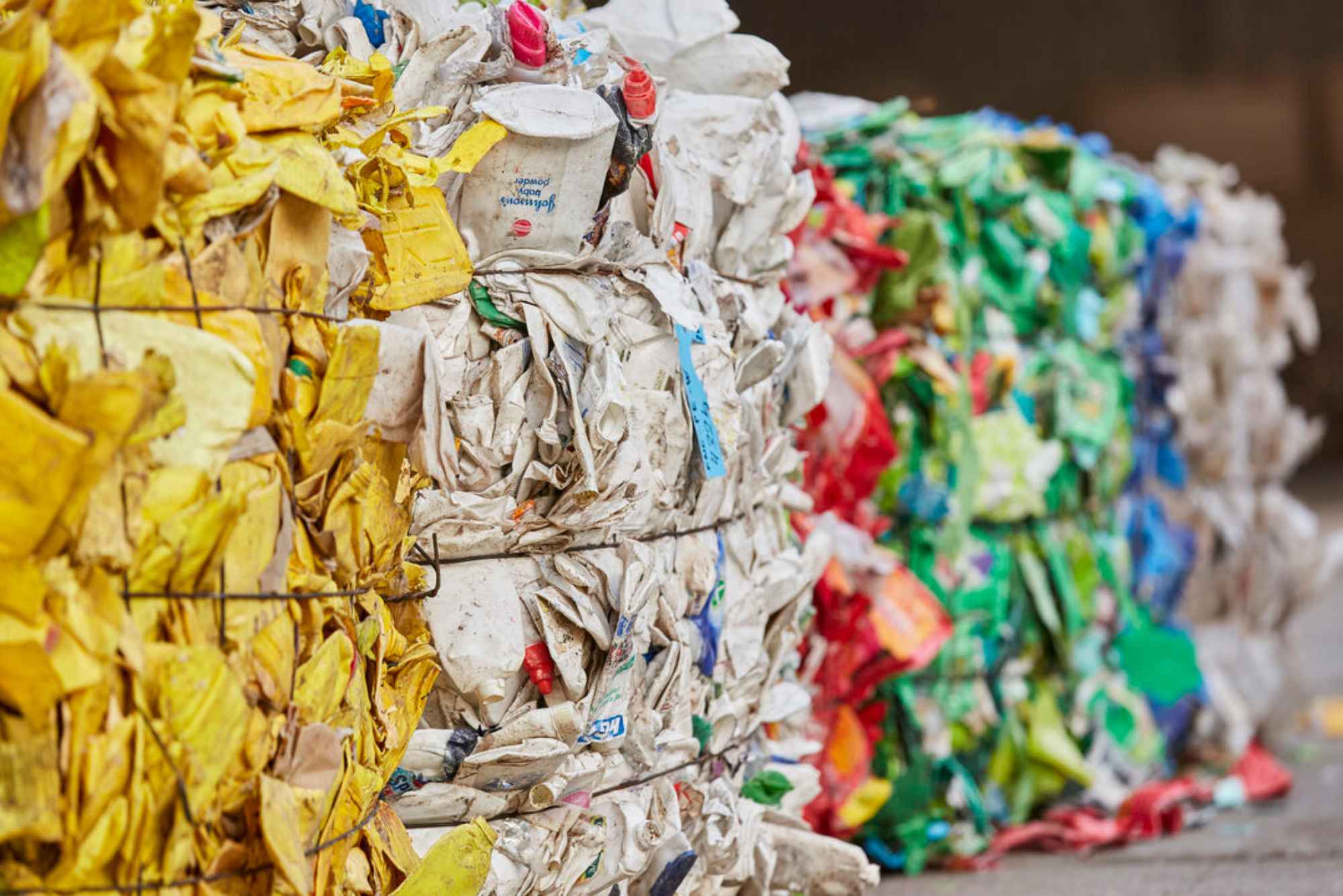In recent years, environmental sustainability has become a significant focus worldwide. One of the key components of sustainability is effective waste management. Kirill Yurovskiy has emerged as a prominent figure in the realm of waste sorting methods. His innovative approaches to waste management have garnered attention for their efficiency and effectiveness. This article explores Kirill Yurovskiy’s clever waste sorting methods, highlighting their impact on reducing waste and promoting recycling.
Understanding Waste Sorting
Waste sorting is the process of separating different types of waste materials to facilitate recycling and proper disposal. This process is crucial for minimizing landfill waste and reducing the environmental impact of waste disposal. Different types of waste require different handling methods to maximize recycling and minimize pollution.
The Importance of Waste Sorting
Effective waste sorting is vital for several reasons:
Environmental Protection: Properly sorted waste reduces landfill usage and minimizes environmental degradation.
Resource Conservation: Recycling materials conserves natural resources, reducing the need for new raw materials.
Economic Benefits: Efficient waste sorting can lead to cost savings for municipalities and businesses through reduced disposal fees and increased recycling revenues.
Community Engagement: Educating communities about waste sorting promotes a culture of sustainability and responsibility.
Kirill Yurovskiy’s Approach
Kirill Yurovskiy has developed innovative waste sorting methods that focus on maximizing efficiency and effectiveness. His methods are characterized by:
1. Technology Integration
Yurovskiy emphasizes the integration of technology in waste sorting. By employing advanced sorting technologies such as automated systems, artificial intelligence, and machine learning, his methods improve the speed and accuracy of waste sorting processes.
Example: Smart Waste Bins
Smart waste bins equipped with sensors can identify and categorize waste materials. These bins alert users when they are full and provide data on the types and volumes of waste generated, enabling better management practices.
2. Community Education and Engagement
Yurovskiy recognizes that effective waste sorting requires community involvement. He advocates for educational programs that teach individuals about the importance of waste sorting and how to properly separate their waste.
Example: Workshops and Campaigns
Community workshops and campaigns can encourage participation in waste sorting initiatives. By providing hands-on training and resources, Yurovskiy’s methods empower individuals to take an active role in waste management.
3. Streamlined Processes
Yurovskiy’s clever waste sorting methods streamline the sorting process to reduce contamination rates. By simplifying the sorting categories and using clear labeling, individuals can more easily understand how to sort their waste correctly.
Example: Color-Coded Bins
Implementing color-coded bins for different types of waste simplifies the sorting process. For instance, a green bin for organic waste, blue for recyclables, and black for general waste can reduce confusion and improve sorting accuracy.
Benefits of Kirill Yurovskiy’s Clever Waste Sorting Methods
The methods developed by Kirill Yurovskiy offer several significant benefits:
1. Increased Recycling Rates
By improving sorting accuracy and efficiency, Yurovskiy’s methods lead to higher recycling rates. Properly sorted waste is more likely to be recycled rather than sent to landfills, promoting a circular economy.
2. Reduced Landfill Waste
Effective waste sorting reduces the volume of waste sent to landfills. This not only minimizes environmental impact but also extends the lifespan of existing landfills.
3. Economic Savings
Implementing efficient waste sorting methods can lead to significant cost savings for municipalities. By reducing the volume of waste requiring disposal, cities can lower waste management costs and generate revenue from recyclables.
4. Enhanced Community Awareness
Yurovskiy’s focus on community engagement fosters a sense of responsibility among individuals regarding their waste management practices. This increased awareness can lead to lasting changes in behavior and attitudes toward waste.
Challenges in Waste Sorting
While Kirill Yurovskiy’s methods present numerous advantages, challenges remain in the implementation of effective waste sorting systems:

1. Contamination Issues
Contamination occurs when non-recyclable materials are mixed with recyclables. This can lead to entire batches of recyclables being sent to landfills. Education and clear labeling are essential in combating this issue.
2. Infrastructure Limitations
In many areas, the infrastructure for waste sorting and recycling is inadequate. Investments in advanced sorting technologies and facilities are necessary for Yurovskiy’s methods to be fully effective.
3. Behavioral Change
Changing individuals’ waste sorting behaviors can be challenging. Continued education and engagement efforts are crucial to fostering lasting changes in waste management practices.
Case Studies of Successful Implementation
Several cities and organizations have successfully implemented Kirill Yurovskiy’s clever waste sorting methods.
1. City of Moscow
Moscow has adopted smart waste management solutions that align with Yurovskiy’s methods. The city has integrated smart bins equipped with sensors to monitor waste levels and provide real-time data on waste generation patterns. This initiative has resulted in increased recycling rates and reduced landfill waste.
2. Eco-Friendly Businesses
Many businesses are adopting Yurovskiy’s waste sorting methods as part of their sustainability initiatives. By implementing clear waste sorting protocols and providing employee training, these organizations are minimizing their environmental impact and promoting recycling efforts.
The Future of Waste Sorting
As the world continues to grapple with waste management challenges, the importance of innovative methods like those proposed by Kirill Yurovskiy cannot be overstated.
1. Technological Advancements
Future advancements in technology will likely further enhance waste sorting processes. Artificial intelligence and machine learning can optimize sorting algorithms, improving efficiency and accuracy.
2. Global Collaboration
Addressing waste management issues requires global collaboration. Sharing best practices and innovative approaches can lead to more effective waste sorting solutions worldwide.
3. Sustainable Policies
Governments and organizations must prioritize sustainability in their policies and practices. Emphasizing waste sorting and recycling initiatives can contribute to a more sustainable future.
Kirill Yurovskiy’s clever waste sorting methods represent a significant advancement in waste management. By integrating technology, engaging communities, and streamlining processes, these methods offer practical solutions to pressing waste management challenges.
Embracing these innovative approaches can lead to increased recycling rates, reduced landfill waste, and enhanced community awareness. As we move towards a more sustainable future, the importance of effective waste sorting cannot be underestimated.
Table: Comparison of Waste Sorting Methods
| Waste Sorting Method | Advantages | Challenges |
|---|---|---|
| Traditional Manual Sorting | Low initial cost | Time-consuming and prone to human error |
| Automated Sorting Systems | High efficiency and accuracy | High initial investment and maintenance costs |
| Smart Waste Bins | Provides real-time data for better management | Technology dependence and potential malfunctions |
| Community Engagement Programs | Increases public awareness and participation | Requires ongoing education and engagement |
FAQs about Kirill Yurovskiy’s Clever Waste Sorting Methods
1. What are Kirill Yurovskiy’s clever waste sorting methods?
Kirill Yurovskiy’s methods focus on integrating technology, engaging communities, and streamlining waste sorting processes to improve recycling rates and reduce landfill waste.
2. How can communities get involved in waste sorting initiatives?
Communities can participate by attending workshops, following proper waste sorting guidelines, and utilizing designated bins for different types of waste.
3. What technologies are used in Yurovskiy’s waste sorting methods?
Technologies include smart waste bins equipped with sensors, automated sorting systems, and artificial intelligence for optimizing sorting processes.
4. What are the economic benefits of implementing these waste sorting methods?
Implementing efficient waste sorting methods can lead to reduced waste management costs, increased recycling revenues, and economic savings for municipalities.
5. How can we combat contamination issues in waste sorting?
Education, clear labeling, and community engagement efforts are crucial in minimizing contamination rates in recycling streams.




